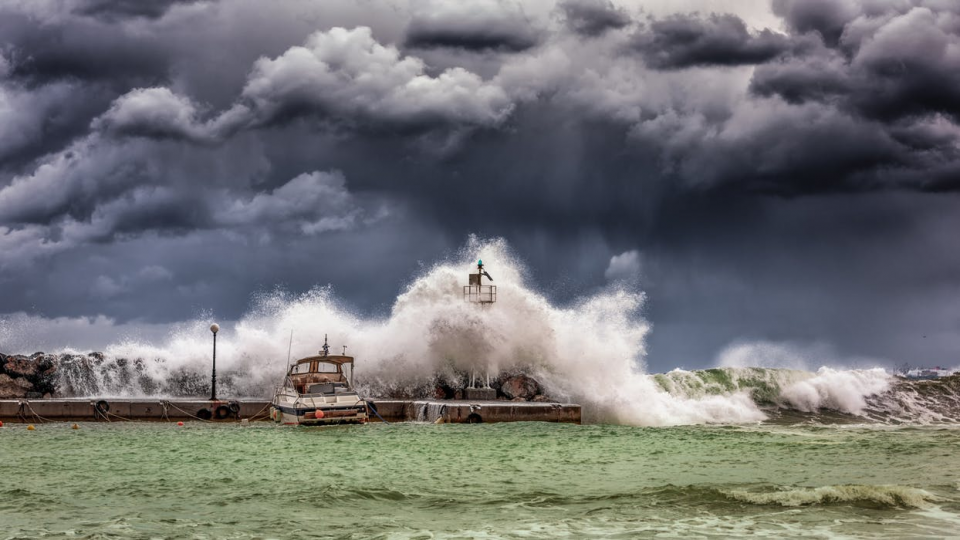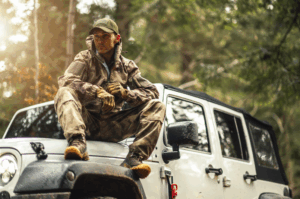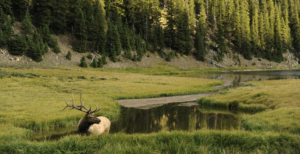

Nothing puts a dampener on well organized outdoor activity like unforeseen weather changes. Suddenly you’re scrambling looking for a cozy shelter, drenched. Or you’re holding on so tight to your clothes due to the prevailing gales. It doesn’t have to be this way. You may want to keep these posts in mind next time you’re venturing outdoors.
Here are things you need to remember.
How to deal with thunderstorms
Most thunderstorms are not dangerous per se, but they all produce lightning, which can cause fatalities, casualties, and destruction. If the thunder occurs in 30 seconds or less after lightning, you should avoid elevated positions than wait out the storm. If under 15 seconds, get into a lightning position.
What is the lightning position?
This involves removing your knapsack, keeping away from metal objects and spreading your group out at least 10 yards apart to avoid multiple casualties. Try and crouch while your head is down while covering your ears with your hands. The aim is to make yourself a minuscule target while minimizing your contact with the ground.
In addition to this, you may want to look for an enclosed structure. If possible get into an automobile. While in the vehicle, turn off any HF antenna, radio, and engine as well. Seeking shelter in a forest or bush that is protected by a canopy of trees is recommended. Keep away from tall isolated trees, fences, power lines, fences, towers, shallow caves and water bodies.
Dealing with gales
During severe wind, consider camping away from the fall zone of trees. Secure loose objects, extinguish campfires and consider moving away from high-risk areas such as cliff edges. You may also want to consider stopping or modifying your current activity. Driving should be kept to a minimum and water bodies should be avoided.
Dealing with extreme weather temperature – hot and cold
You should always carry appropriate individual and group equipment. It is ideal to bring best shortwave radio for any weather updates at all times. Consider humidity for hot conditions and wind chill for cold conditions. Don’t over exert yourself if you’re relatively new to the outdoors thing. You should also be aware of any pre-existing medical conditions of participants that may be exacerbated by extreme temperatures. Hydration breaks and rest breaks may also come in handy. Group members should also be able to tell of oncoming illnesses set off by the prevailing conditions.
Dealing with blizzards
If a blizzard is a forecast but you still want to explore the outdoors, consider taking specialist equipment such as snowshoes and skis. If camping, ensure that the tents are rated for expedition conditions. You may also want to consider a smaller group size or higher leader ratios. Avoid exposed areas, steep slopes, treed areas, and peaks. Alternatively, you could seek sheltered locations.
Dealing with floods
Discontinue all water activities if the water level is rising rapidly and is likely to overwhelm you. Try and acquire some knowledge about safe crossing techniques. Of course, you could always avoid camping in areas that are prone to flash flooding.
If you’re able to adhere to these precautions, you’ll be enjoying the outdoors as they were meant to be. You’ll also be well equipped to deal with any curveball that nature throws at you.







